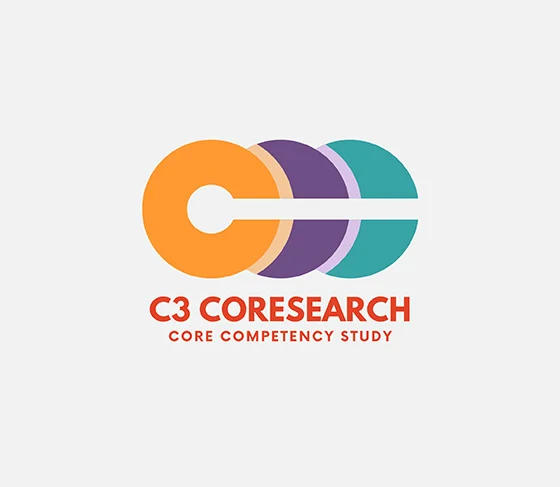Search
Research
Communication, fetal alcohol spectrum disorder and youth justiceInvestigators: Natalie Kippin This research aims to examine the communication abilities of young people sentenced to detention in Western Australia,
Research
Computational fluid-particle dynamic and pharmacokinetic assessment of electronic cigarette aerosols for improved understanding of their potential to impact healthThis project will use computational methods to assess the deposition of e-cigarette aerosols in the lungs, and the distribution of chemicals within e-cigarette aerosols throughout the body.

See the most recent C3 news.
Research
Cultures of HRV-C for investigations of pathogenesis in childrenAnthony Belinda Ingrid Kicic Hales Laing BSc (Hons) PhD BSc (Hons) PhD BSc PhD Rothwell Family Fellow; Head, Airway Epithelial Research Senior
Research
Defining target penicillin concentrations for subsequent studies of a reformulated long-acting benzathine penicillin prototypeAims: To determine the minimum inhibitory concentrations of penicillin G against a representative collection of Strep A strains; and to evaluate the impact of penicillin G concentration and size of bacterial inoculum on the prophylactic effect for Strep A strains
Research
Developing and characterising juvenile models of aggressive paediatric brain cancers for the evaluation of novel immunotherapiesNick Raelene Terrance Gottardo Endersby Johns MBChB FRACP PhD BSc (Hons) PhD Head of Paediatric and Adolescent Oncology and Haematology, Perth
Research
Developing new models of mitochondrial diseases using CRISPR/Cas technologiesAleksandra Filipovska BSc PhD Louis Landau Chair in Child Health Research; NHMRC Leadership Fellow; Deputy Director, ARC Centre of Excellence for
Research
Do exposures before conception influence the risk of asthma in the offspring?David Martino BSc PhD Head, Chronic Diseases Research David.Martino@thekids.org.au Head, Chronic Diseases Research Assoc. Prof David Martino is the
Research
Early Irritability as a Transdiagnostic Neurodevelopmental Vulnerability to Later Mental Health ProblemsIrritability is a common trait seen in children. While expressions of irritability are part of normal development, servere irritability is a known indicator of child and adolescent mental health problems.
Research
Early Years Strategic Priority – Scoping and Mapping of the South Australian Early Years SystemYasmin Harman-Smith BA, BHlthSc(Hons), PhD Head, Early Years Systems Evidence; Head, Tenders Support Unit Yasmin.harman-smith@thekids.org.au Head,
